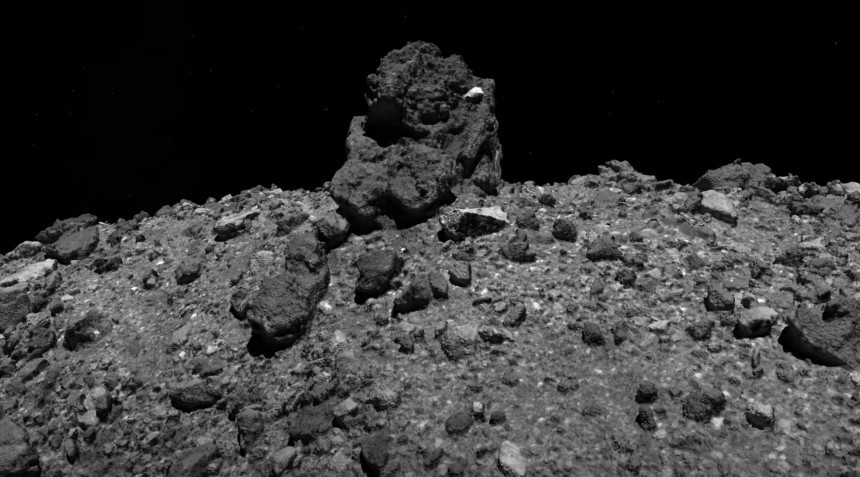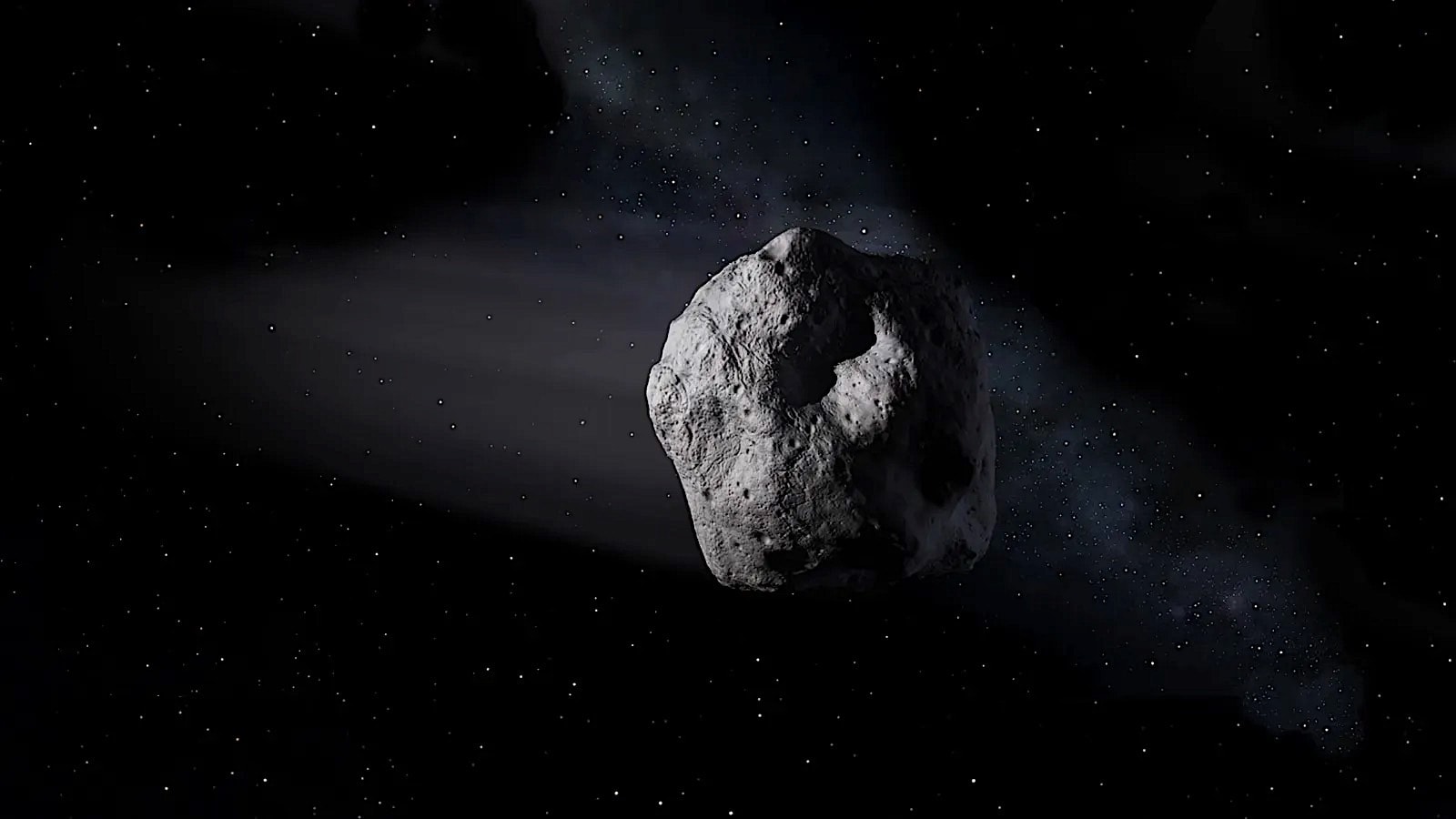There are many ways our civilization can come to an abrupt end, but only a handful of them involve forces so powerful and beyond our control that they are impossible to stop. An asteroid impact is one of those world-ending events that we have absolutely no defense against, and the more we try to avoid it, the more we realize that it is nearly impossible.
At the most recent count, the number of near-Earth objects (i.e. asteroids and comets), that is, objects close enough to our planet to pose a potential hazard, is over 20,000. We know the orbits and behavior of many of them, but not all of them, and that worries a lot of people in powerful places. So much so, that some are actively trying to do something about it.
In 2013, the US space agency launched a series of meetings called the Planetary Defense Interagency Tabletop Exercise. The exercise is intended for everyone who has something to say about planetary defense and takes place every two years. Each time, a new impact scenario is central to which solutions must be found.
We’ve known about such things for a while. In 2021, for example, at the 7th IAA Planetary Defense Conference, the name of the game was responding to an asteroid impact that occurred somewhere in Europe.
That scenario from three years ago required that Earthlings know about the asteroid six months before it would hit and find ways to stop it. When it was all done, it turned out that six months isn’t nearly enough time to do anything about an approaching asteroid. So the exercise eventually morphed from an active operation into an evacuation game for the people of Germany, the Czech Republic, and Austria, where the scenario said the asteroid would hit.
But what about 14 years? Would that be enough time to find a more proactive solution?
Photo: NASA
14 years is the time between the discovery of an asteroid and its impact with our planet, according to the latest exercise conducted as part of the fifth Planetary Defense Interagency meeting, held in April at the Johns Hopkins Applied Physics Laboratory in Laurel, Maryland.
We’re talking about this exercise now because a preliminary report was recently published. Even though it’s a fairly incomplete picture of what we can do about such a threat, it does make me feel like we’re in trouble if an asteroid comes.
The practice scenario, devised by NASA’s Center for Near Earth Object Studies, the group that calculates the orbit of every known near-Earth object, orbited an asteroid “possibly several hundred meters wide” when we saw him coming.
The simulated calculations performed as part of the scenario indicated that there is a 72 percent chance that the meteorite will hit our Earth 14 years after its discovery. The impact zones are estimated to be inconspicuous, densely populated areas in North America, Southern Europe and North Africa.
According to the rules of the board game, the asteroid would be playing a kind of hide-and-seek game. It would be visible to our tracking methods for several months, but then it would come too close to the sun, making it impossible for humans to continue tracking it for months.
The idea behind this scenario was to see what could be done to stop the asteroid or mitigate the effects of the impact.

Photo: NASA
About 100 scientists from U.S. and international organizations scratched their heads trying to figure out the best course of action. They considered just about everything, from sending a reconnaissance spacecraft to learn more about the asteroid’s size, composition and orbit, to trying to change its orbit, just as the Double Asteroid Redirection Test (DART) spacecraft showed we could easily do.
We are not told exactly which solution turned out to be the best for this scenario, if any. What NASA says is that “any diversionary or reconnaissance mission would require many years of preparation,” and in my book that means that even 14 years of advance warning would not be enough to protect us from danger in space.
The advantage is that, according to NASA, “It is very unlikely that a large asteroid will hit Earth in the near future.” At least we know that now, because at the end of this month the world’s only space telescope specifically designed to find these kinds of objects, the Near-Earth Object Wide-field Infrared Survey Explorer (NEOWISE), will die.
A new telescope, the “first purpose-built infrared space telescope specifically designed to hunt for dangerous near-Earth objects,” will launch in 2027. NASA hopes it will help us learn more about the more than 90 percent of the dangerous rocks orbiting our planet within 30 million miles (48 million kilometers).
We’re told to expect a “full report of the tabletop exercise,” including strengths, gaps, and recommendations. We’ll update this story as soon as we know more.
